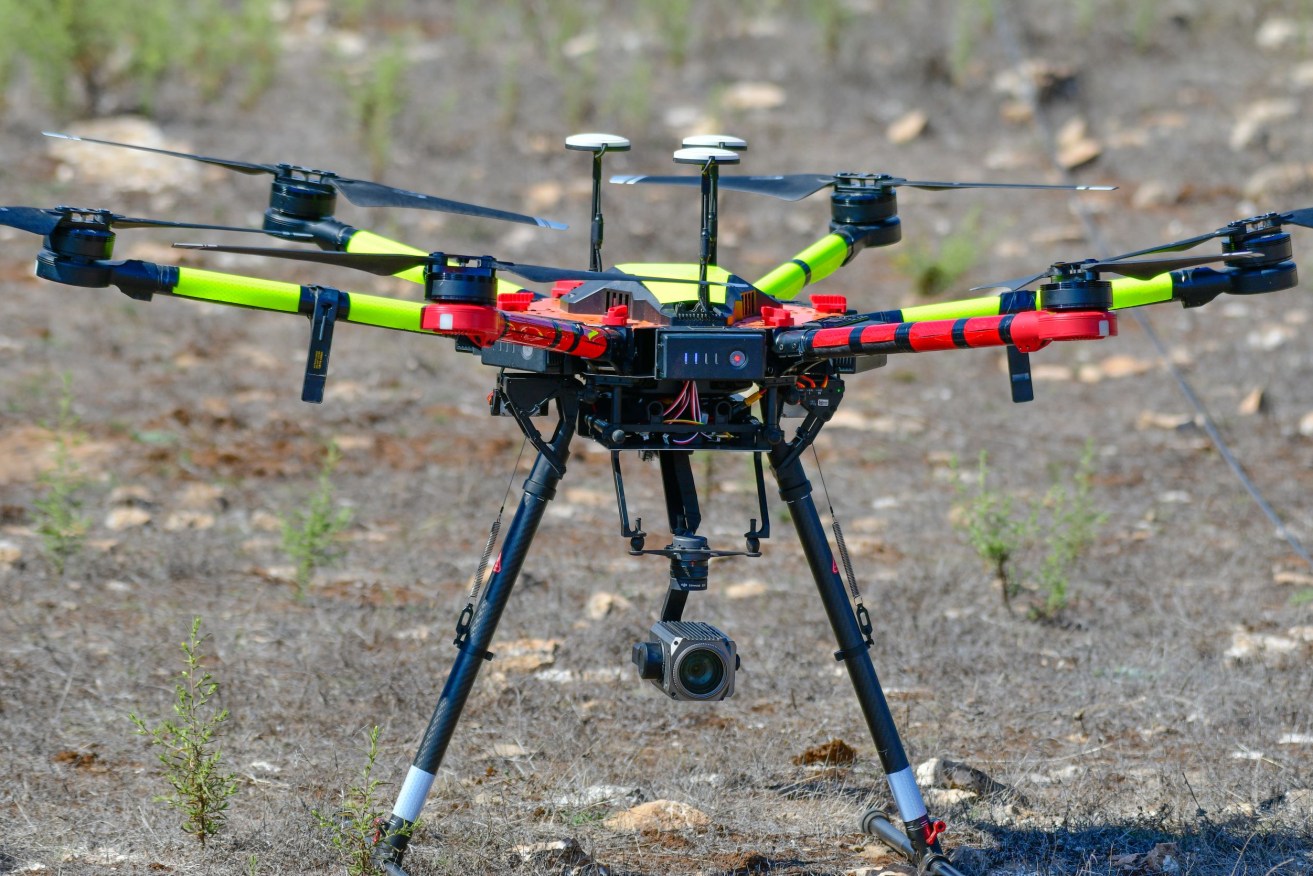
Drone use to ensure and speed up restoration of power
SA Power Networks is deploying drones to help manage the State’s electricity distribution network.

Drones have huge potential to enhance efficiency and safety in managing a network that covers about 180,000 square kilometres, or almost twenty per cent of the State.
Already, 29 people in the business have been trained as drone pilots in the SA Power Networks Field Services, Asset Management and Vegetation Operations teams and drones are now deployed to regional depots.
“Our network has a route length of about 88,000 kilometres and literally millions of different pieces of equipment including Stobie poles, transformers, powerlines, insulators, fuses and the like,” said Nick Hart, who oversees the asset management team for the State’s electricity distributor.
“It is a huge commitment to complete our detailed asset inspection programs each year and we are continually looking for ways to improve our efficiency and safety and also our ability to identify defects that need to be rectified.”
Drones are already making a real difference.
“The asset inspection team is using drones to get different views of our infrastructure and to speed our inspection process. It means we can more easily get up, around and above our infrastructure to check for faults,” Hart said.
“Rather than using an expensive helicopter or utilising our elevated work platform vehicles, we can more safely get a drone up quickly to make a visual inspection of our assets.”
The drones relay to the inspector high quality video and photographic images of poles, insulators, transformers and other equipment.
Hart said drones were particularly useful for inspectors in assessing difficult to access parts of the network.
“We have used them to fly over sections of powerlines where there is flooding or over rough terrain and areas that might be unsafe to enter.”
Currently drones can only be flown within line of sight of their pilots and SA Power Networks is continuing to work with other businesses seeking changes to flight rules to allow over-the-horizon patrolling.
“That will drive huge efficiencies and safety improvements in line maintenance and power restoration,” Hart said.
Paul Salter, who heads the regional field services team for SA Power Networks, says drones are proving their worth in power restoration as well.
“Drones can be used by crews to assist with identifying the cause of an outage and they also are increasingly going to be used for restoration work,” Salter said.
“In a number of cases we have been able to speed up restoration of power, utilising line fault indicators to narrow down our search for a fault and then flying a drone to check the section of line.
“After the terrible Kangaroo Island bushfires in 2019, we used a large drone to assist in restringing lines across a burnt-out valley full, of fire-damaged trees. It would have been too risky to send in field crews,” Salter said.
“Also, we have found drones are delivering value by minimising impact of our work on customers and their property, including avoiding entering crops where we can.”
In the latest demonstration of their value, a drone has been used on a re-string of power lines in the Uley Bore Field, west of Pt Lincoln – with a key aim being to protect fragile native vegetation.
“This was the first time we had used a drone to reduce the risk of damaging fragile native vegetation while undertaking powerline construction work,” said Salter.




